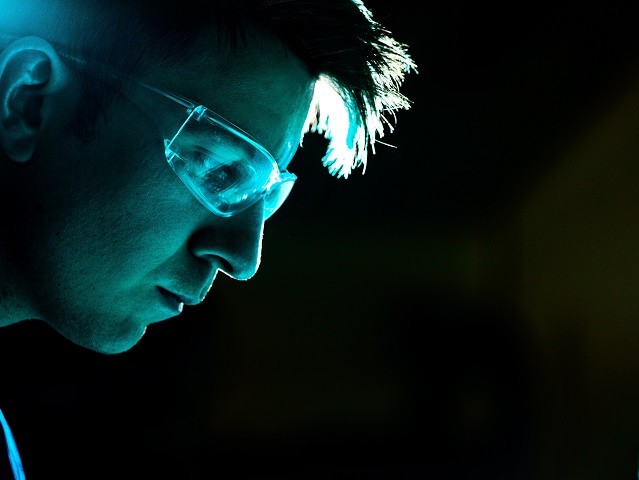Future and emerging technologies grow young talents
The new generation of technologies is radically changing the face of what science has already achieved. Their seeds are being planted in European laboratories, where passionate young researchers have been playing their part in shaping a new world. Empowering wireless sensors with vision capabilities Matteo Cesana is lecturer at the Department of Electronics, Information and Bioengineering of the Polytechnic of Milan, Italy. He teaches wireless networks, internet of things systems and traffic analysis. One of his research lines is 5G and the incoming 6G networks. In 2011, he was 35 years old and he successfully applied to the call of the European Union’s initiative “Future and emerging technologies (FET) young explorers”: the scheme supported the most promising early-career scientists with innovative ideas in the fields of information and communication technologies (ICT) and computing. The aim of the project co-coordinated by Cesana, called GreenEyes, was to develop new methodologies, practical algorithms and protocols to empower wireless sensor networks with vision capabilities. He says: “At that time, most of the visual analytic tasks like face/object recognition were only carried out by powerful smartphone and computer hardware. We developed new solutions to apply these algorithms to tiny objects, to distribute these tasks on better operated and energy constrained objects,” explains the Italian scientist. One of the possible applications is waste management in smart cities. A tiny camera with this embedded software can “see” and accurately distinguish between different rubbish materials such as glass or plastic in a bin, and then an automatic engine is activated to sort the waste properly. Car parks can be also controlled by resorting to this gadget. “It can be used to detect objects or monitor the people’s behaviour in any kind of surveillance system,” adds Cesana. At the early stage of his career, he found wireless communication a very stimulating area of research, with a high potential for fast advancement. “When I did my PhD on this topic, we had only 3G. My perception was that it was a flexible theme offering opportunities to be creative and catch up with other researchers,” he adds. Working on a pioneer FET project led his career to a more precise path: “First of all I learnt something new: computer vision and visual analysis were not my main research fields at that point. I could practice on machine learning algorithms, which are nowadays used in many different research fields, including wireless networks and 5G. Through that programme we were also able to recruit very smart people who now are part of my research group,” he says. The 5G technology did not exist in 2012-2015, when the project was running. Nevertheless, Cesana says that it can be easily coupled to the sensors studied at that time: “Now 5G would be perfect for transmitting visual content captured by GreenEyes local devices, especially if we consider large scale deployment of these visual objects.” Unveiling the secrets of RNA to fight pathogens Professor Ilka Maria Axmann is head of the Institute for Synthetic Microbiology at Heinrich-Heine-University in Düsseldorf, Germany. The DNA molecule, which makes each species unique, has charmed her since she first heard about it in her high school biology classes. As an engineer, Axmann is amazed that “we can assemble parts to derive something new” and that “we are now able to design organisms based on their DNA.” Read the full article on: http://www.fetfx.eu/story/future-emerging-technologies-grow-young-talents/(opens in new window)



